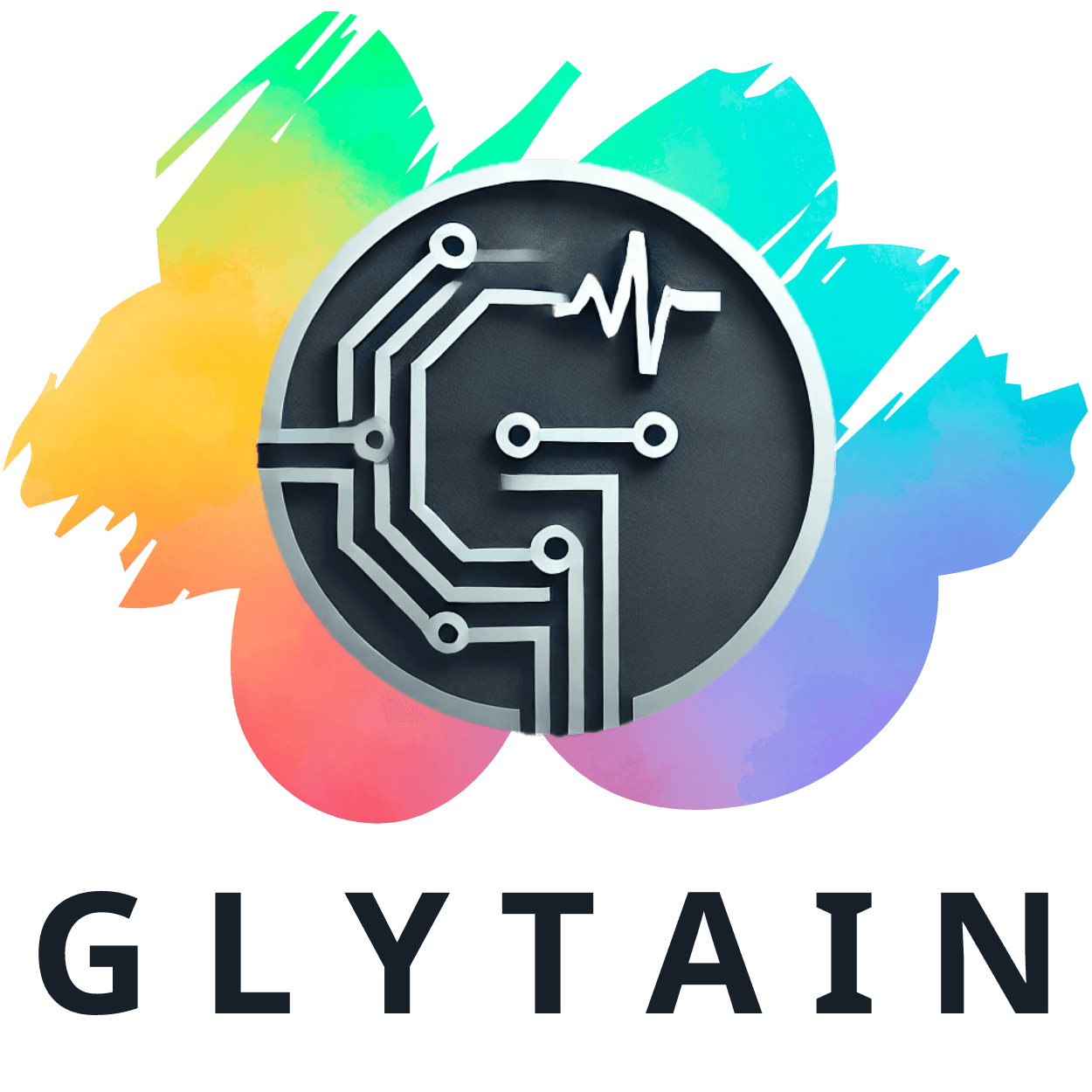
Analyzing the Impact of Cybertruck Depreciation on Future Resale Values
As Tesla opens the door for Cybertruck trade-ins, the shocking depreciation rates reveal a deeper story. Tesla owners are confronting staggering losses after just a few months of ownership, with depreciation estimates reaching up to 45%. Recent data highlighted that one $100,000 owner received a trade-in value quote of $63,100, marking a 37% depreciation, while another owner of a $127,000 model was offered only $78,200—a 38% loss in less than a year. Such statistics compel both prospective buyers and current owners to reconsider the long-term viability of electric vehicles (EVs) as investments.
Why Are Electric Vehicles Depreciating Rapidly?
Amid the surge in EV popularity, the rapid depreciation of vehicles like the Cybertruck can be attributed to a range of factors. Typically, electric vehicles lose their value quickly due to market saturation, changes in technology, and the owners' perception of quality. The unique situation of Tesla, which initially discouraged resale to control the market demand and maintain brand integrity, may have exacerbated this phenomenon, as potential buyers now have little faith in retaining the Cybertruck's value. Once thought to be iconically powerful, the Cybertruck faces challenges compounded by quality control issues and the controversial reputation of its CEO, Elon Musk.
Understanding the Broader Context of Vehicle Resale Values
Elevating the discussion, we need to address that trade-in values are often lower than private-party sales. This is particularly true for EVs, which not only depreciate faster than their gasoline-powered counterparts but also diverge significantly in how the market perceives their resale potential. According to reports, some brands can lose as much as 50% of their value within the first year. With this in mind, Tesla's strategy could further alienate consumers who enter the market without a clear understanding of these depreciation dynamics.
Future Implications for Tesla and the EV Market
The implications for Tesla and the electric vehicle market at large are profound. If depreciation continues on this trajectory, both companies and consumers may need to recalibrate their expectations. Investors and industry analysts will want to keep a close eye on the upcoming trends in EV depreciation rates. Understanding these evolving metrics will be essential for all involved in the healthcare technology sectors and beyond as various industries begin to adopt electric vehicles as part of their fleet operations.
As Tesla continues to grapple with these challenges, the ongoing performance of the Cybertruck could serve as a case study for the feasibility of new vehicles in emerging tech sectors where the balance between innovation and market acceptance remains tenuous.
 Add Row
Add Row  Add
Add 




 Add Row
Add Row  Add
Add 

Write A Comment